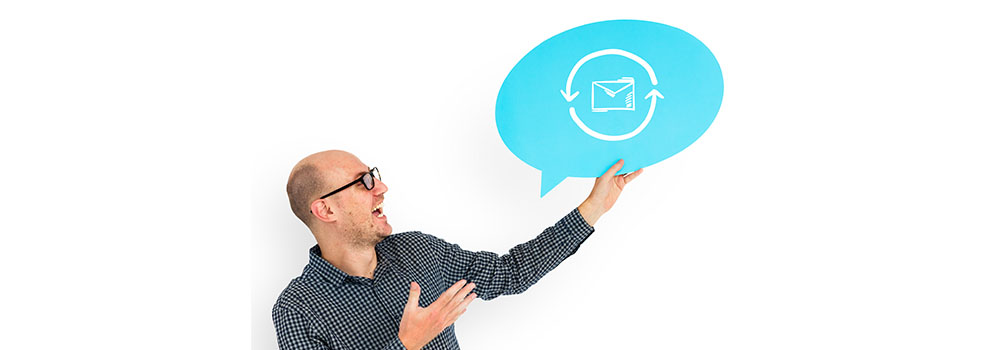How To Reply To Thank You Email Professionally
In today’s world, email technology has taken the place of many other kinds of communication like thank you cards and memos. It is easier and more effective to send quick messages by email to business colleagues, family, or friends. It is, however, important to communicate via email correctly and politely.
In this article, we will look at when to reply to thank you emails and provide some tips on responding appropriately.
Save Thousands Of Dollars With Coggno Prime Subscription
How To Respond To Thank You Emails
Responding correctly and politely to thank you emails will help promote a positive relationship with business associates, colleagues, and clients.
Here are some tips on how to respond to thank you emails:
- Respond quickly – send your response within 24 hours of receiving it.
- Maintain a positive and light tone.
- Acknowledge the sender in your opening statement and show gratitude for their email.
- Mention the benefit of the project to you for which you are being thanked.
- If the reply is to an internal member of your organization, use an informal signature. If it is for a client, include your formal business signature stating your job title and direct contact information.
- Be brief if it is a follow-up email.
Must Read: 7 Ways to Improve Your Work Ethic
When To Respond And When Not To Respond?
It is a good idea to respond to all thank you emails as a rule. For example, if you receive an email from a customer thanking you for your excellent service, you should respond, even if it is just to acknowledge you received it. Not only is it polite, but it will strengthen the relationship between you and the sender. Happy customers generally become repeat customers, and they are also likely to refer friends and colleagues.
Emails that are safe to ignore are, for example, those from salespeople whose products you are not interested in. Responding may lead to an endless series of messages you would rather not receive, so it is quite acceptable to delete these emails. Now that we know when to respond or not, let’s look at best practices in replying to emails:
Best Practices
- Use “Reply All” appropriately and update the subject line.
- If you are Cc’ed, use “reply all” when you respond as it can cause problems if people are left off the reply chain.
- Add a personal tag to the subject line, such as your initials.
- Determine urgency.
- Mostly “same day” is acceptable, but in others, it might be 3-4 hours. If an email requires more than a day to respond appropriately, ask the sender if it can wait and when they can expect an answer.
- Be specific and remember intent.
- Be specific about which points you are replying to.
- Restate the purpose of your email clearly at the beginning of the mail.
Replying To Job Applicants
It is recommended that some time and effort be put into responding to job applicants as this is the first message you send to an applicant directly. By doing so, you can also inform applicants about the recruiting process. Let them know straight away, thereby minimizing repeat questions about the same things. A confirmation email should include the following:
- The applicant’s name and position they’ve applied for.
- Provide the contact information of the recruiter.
- Explain the recruiting process.
- Confirm that the application has been received.
After the interview, most applicants follow up with a thank-you email. Replying to these emails prevents them from contacting you continually. Let the applicant know what the next steps will be, and maintain a professional tone.
Also Read: Who Enforces HIPAA
Replying To A Colleague And A Client
Email is an effective means of communication in the workplace due to its speed and efficiency. If written correctly, a recipient is provided with a concise, clear, and actionable message. Here are some tips on how to write professional e-mails:
- Keep it concise.
- Identify your goal.
- Use proper etiquette.
- Proofread your email.
- Remember to follow up.
But how does replying to a colleague differ from responding to a client?
Writing or responding to a thank you email correctly will make a customer feel appreciated and establish a good business relationship. Here are some points to keep in mind when writing these emails:
- Humanize and personalize the message.
- Don’t use a “no-reply” address and show emotion such as congratulating them on their growth, if applicable. Keep the email informal, and don’t try to sell your services or products. Include the customer’s first name and be specific about what you are thanking them for.
- Know the purpose of the email.
- Never write a thank you email without knowing its goal. For instance, determine whether you are thanking the recipient for being a long-time customer, a referral they gave, or for providing feedback.
- Allow customers to respond.
- Allow your customer to respond to the email and let them know you are only an email away.
- Thank them again after the desired message has been delivered.
Responding To A Friend Or Family Member
These emails have a much more informal style and should create a feeling of warmth and love where applicable. Keep the following steps in mind when sending an email to a family member or friend:
- Start the email with “Hi.”
- Use informal vocabulary like “catch up” and “get together” and create a friendly tone.
- Make sure you answer all questions that were asked.
- Close the email off with phrases like “good luck with the exams” or “looking forward to seeing you soon.”
- End with “love” (only for close friends or family) or “take care.”
You Might Like: Adding Certifications to Your LinkedIn Profile
Conclusion
In today’s world, it is vital to know how to compose emails to colleagues, friends, and clients correctly and professionally. This will help ensure healthy, loyal client relations and loving and secure family/friend relationships.
Coggno has a wide range of online electronic communications corporate training courses. You can look at our free courses and course catalog here.
Must Read: Does User Experience Matter For A Corporate Employee Engagement App?





















